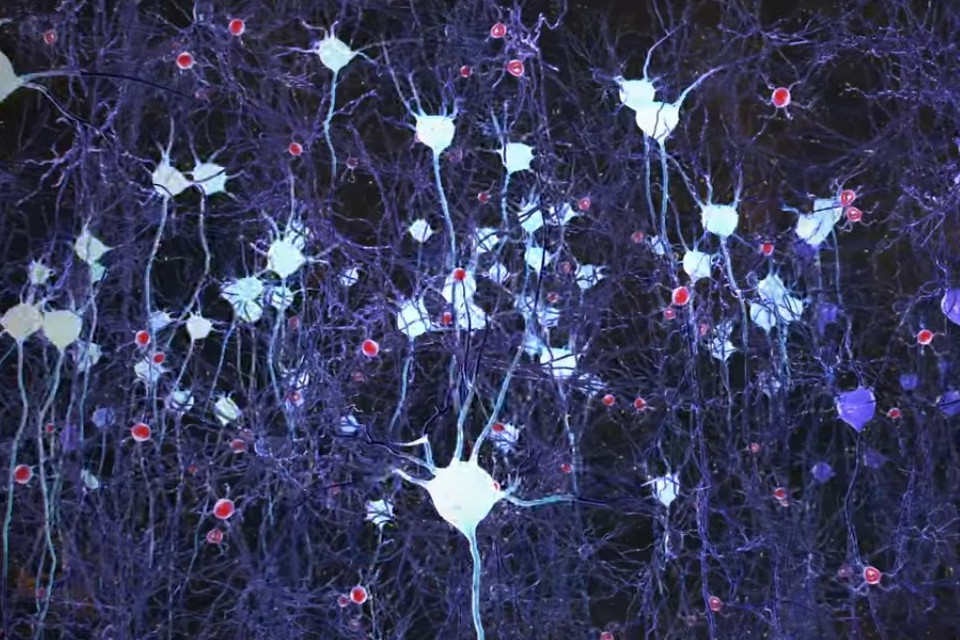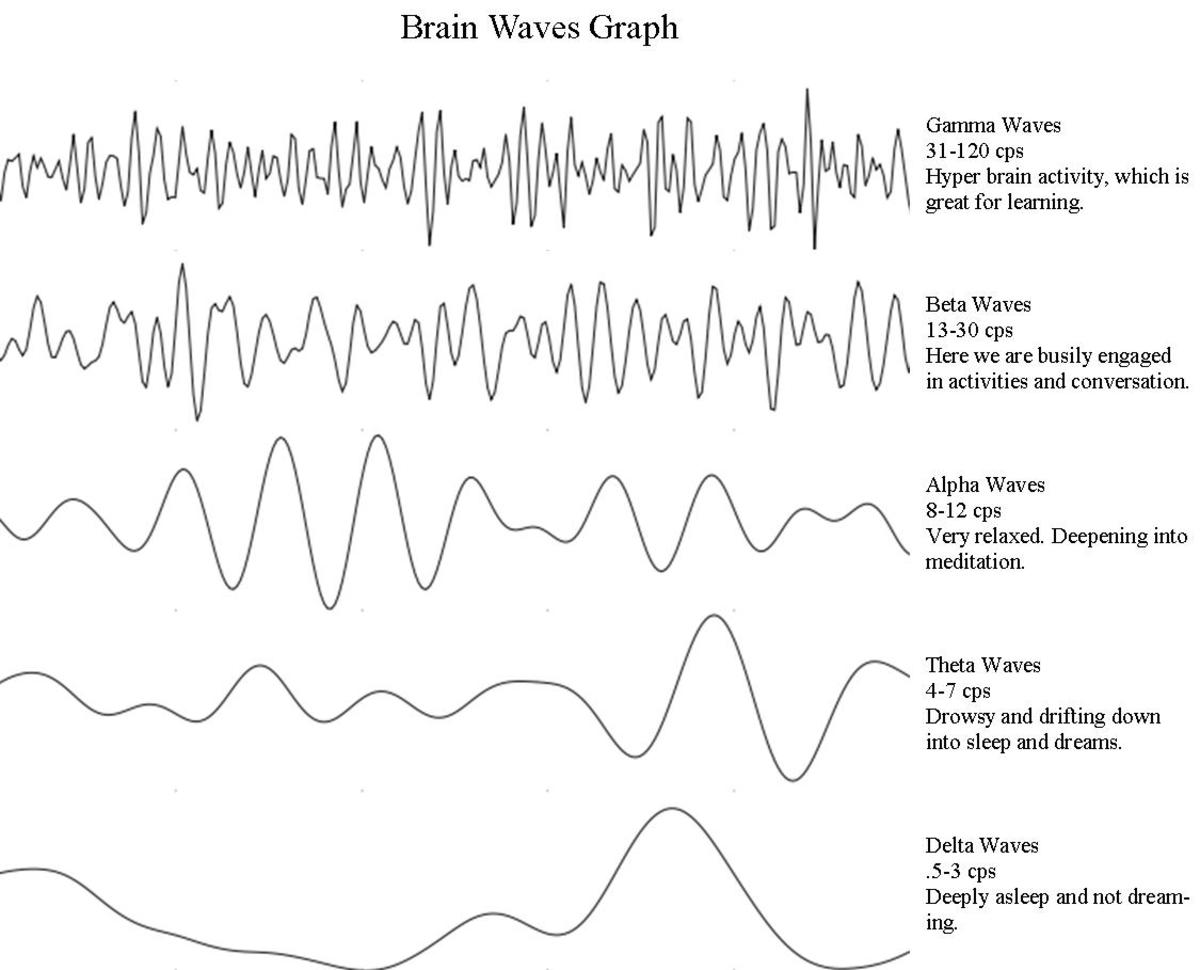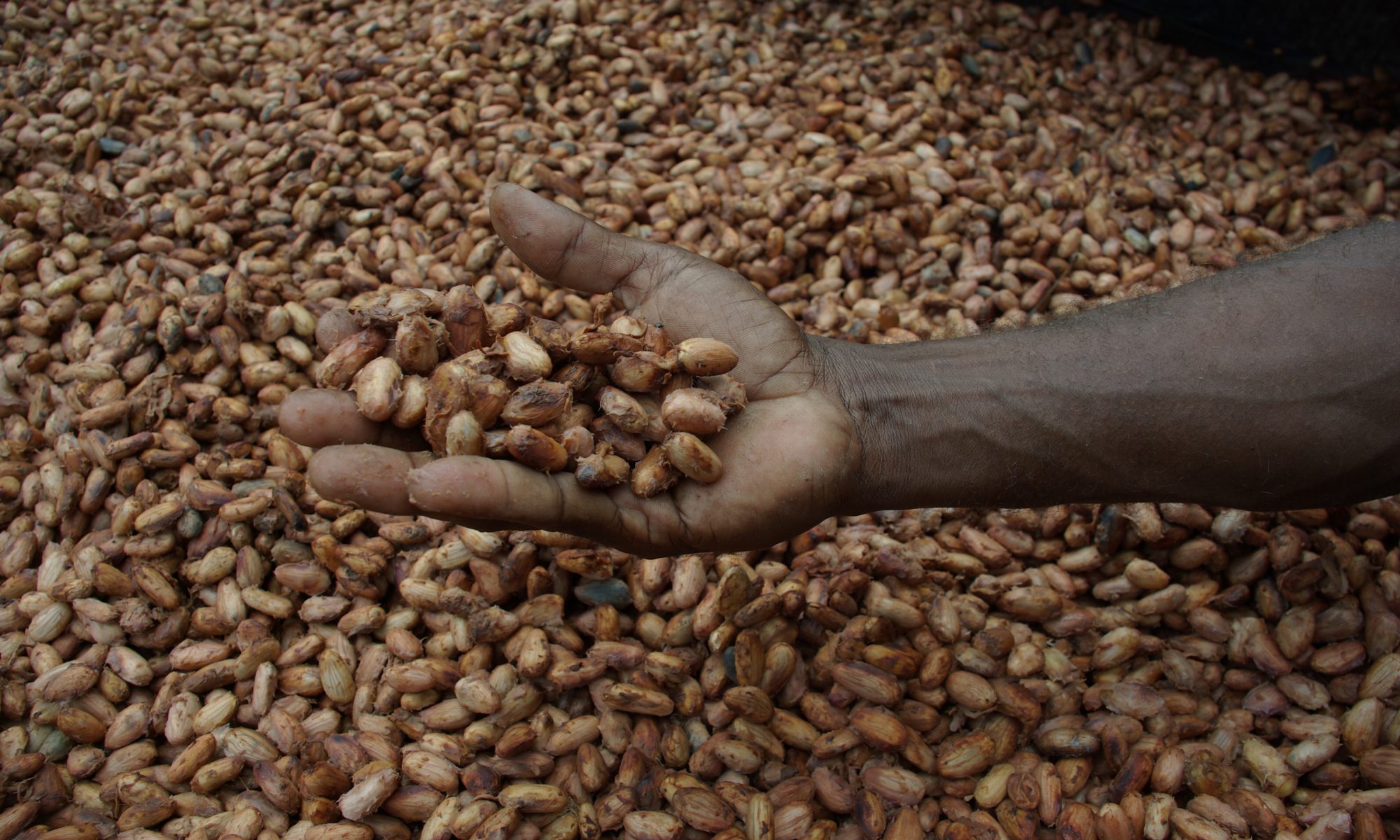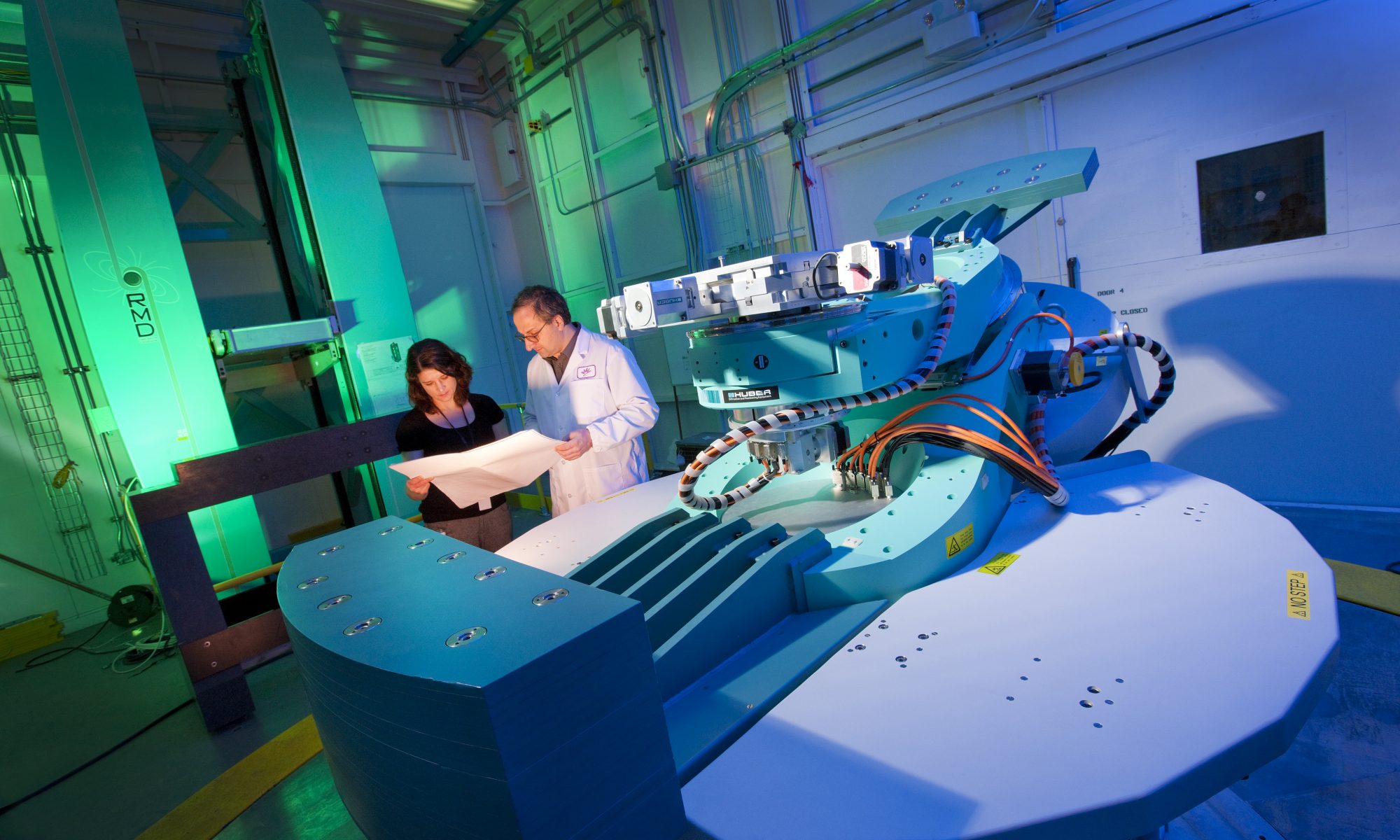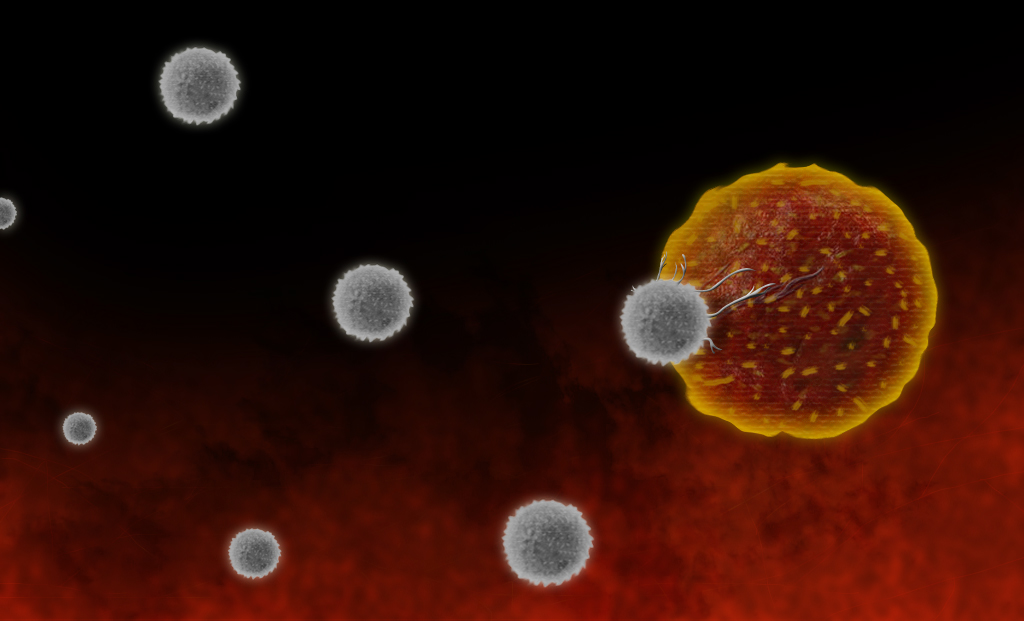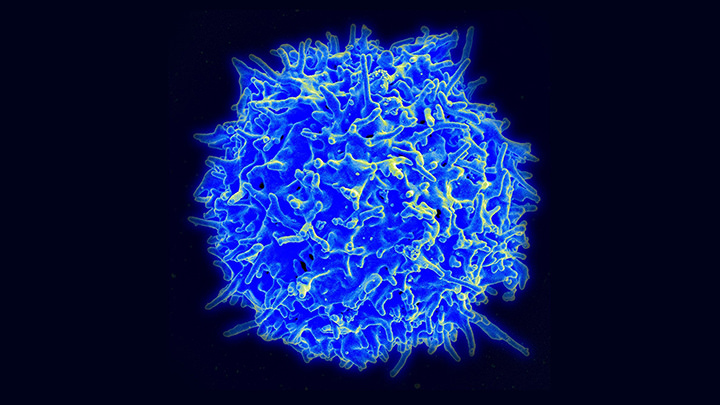Since their discovery in the mid 1970’s, plastic pollutants have increasingly become a major issue. Today millions of tons of plastic can be found in our oceans and rivers. ‘Plastic Islands’ which have formed from water currents, have been discovered floating around in the oceans. These islands can stretch for miles and continue to grow with every passing day, the biggest one the Great Pacific garbage patch is located off the coast of Hawaii. Plastic pollutants are a major threat both aesthetically and biologically to the worlds water systems, and yet the threat extends past this.
Microscopic plastics pose the largest threat. Microplastics are those that range between 1-5 micrometers in length. They can either be intentionally manufactured, and made for use as raw material, pellets, microbeads, or by the slow degradation of bigger plastics in water environments. These pollutants can make their way into the water environment through a number of different ways including wastewater treatment plants, fisheries, cargo shipments, and urban runoff. Scientists at the University of Bielsko-Baila in Poland noted that wastewater treatment plants (WWTP’s) were one of the main sources that introduced micro plastics into freshwater, and that rivers were the main means of transporting these plastics into the ocean. These ideas were backed up by stating that after treatment, wastewater was found to contain on average 8.6 particles and 4.9 fibers (microplastics which deteriorated from bigger plastics) per liter.

But why does this matter, what’s so bad about a few bits of plastic floating around?
Well for one, plastics don’t dissolve and disappear, once manufactured they’re in the system for good. As stated earlier, when these plastics make it into water, they disintegrate into smaller and smaller pieces eventually becoming microplastics. Apart from the plastics being relatively displeasing to look at and causing economic loss in terms of tourism, the more serious issues come into play when water organisms mistake them for food. Plastic when ingested can be toxic and can cause all sorts of different issues, including rapid death. The problems continue when human consumption of these organisms is brought into play, and although the extent of these problems isn’t fully understood more research is currently being done to test the harmful causes of consuming seafood containing bits of plastic.
Plastic pollutants have been a long standing issue and as long as our ocean and waterways contain plastic, it will continue to be an issue. The hard part about plastics is even if we were to completely stop all production of them at once, the millions of tons of plastic in the ocean right now wouldn’t just disappear, they would continue to persist. Personally, I believe much more political action as well as scientific research needs to go in to figuring out how to find alternatives to plastic so as to lesson its impact on our environment. However, if consumption continues on the trend it has, microplastics will have something to say for ocean biodiversity and human health.
Source:
Mrowiec B., 2017. Plastic Pollutants in Water Environment. De Gruyter 28 NO 4(75): 51-55.




